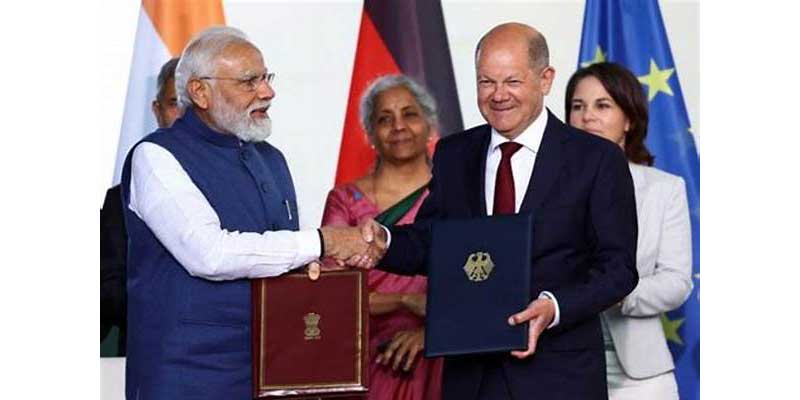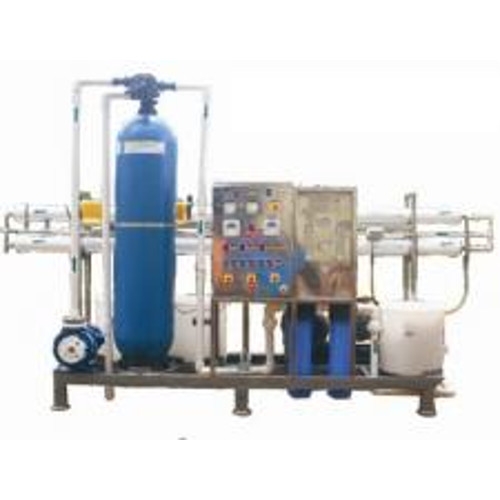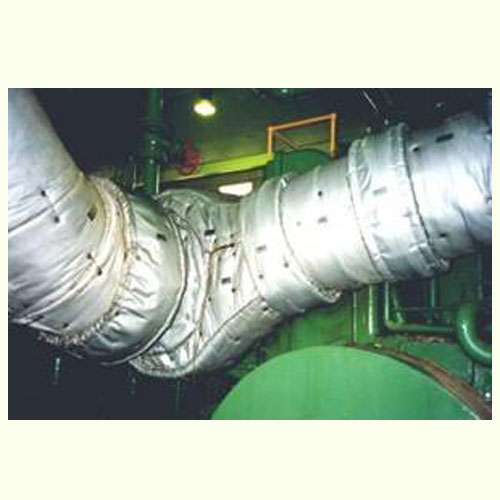Schedule a Call Back
High-quality sensor data is crucial for Industry 4.0
 Industry News
Industry News- Apr 01,19

Related Stories

Indo-Germany trade alliance: A model of resilience and growth
With a trade history spanning over 500 years, India and Germany share a deep-rooted connection forged through centuries of economic cooperation. Over time, bilateral trade has not only increased but..
Read more
LAPP India wins CSR Award at 12th VDMA Annual Summit
12th annual flagship event of VDMA India held on October 13, 2023, at Taj Yeswanthpur in Bengaluru, India
Read more
Machinery and plant manufacturers as climate managers
Mechanical and plant engineering is an enabler for climate protection and resource efficiency. Only with green technologies and innovative strength can climate targets be achieved and transformation..
Read moreRelated Products

Industrial Desalination System
Shakunth Aqua Products offers a wide range of industrial desalination system. Read more

Industrial Castors & Wheels
H M Gulamali offers a wide range of castors and wheels manufactured by Blickle, Germany. Read more
Foxconn, Nvidia join forces for AI factories revolutionising tech production
Taiwanese technology giant Foxconn and leading US hardware company Nvidia revealed their partnership to establish "AI factories," advanced data processing centres geared toward driving the production Read more














